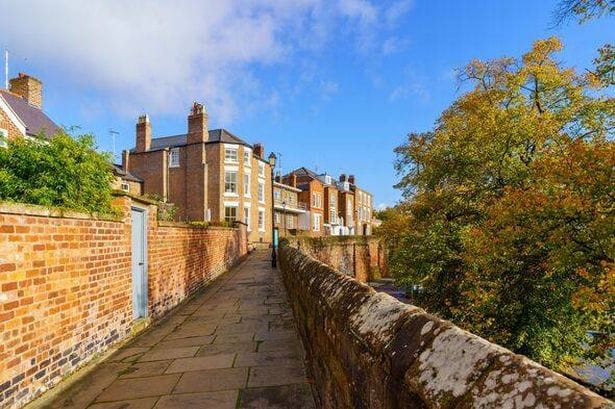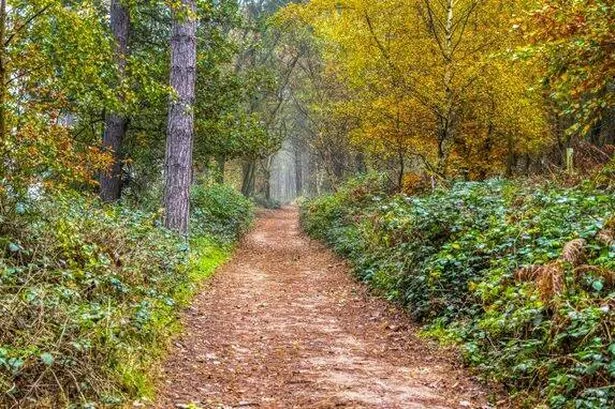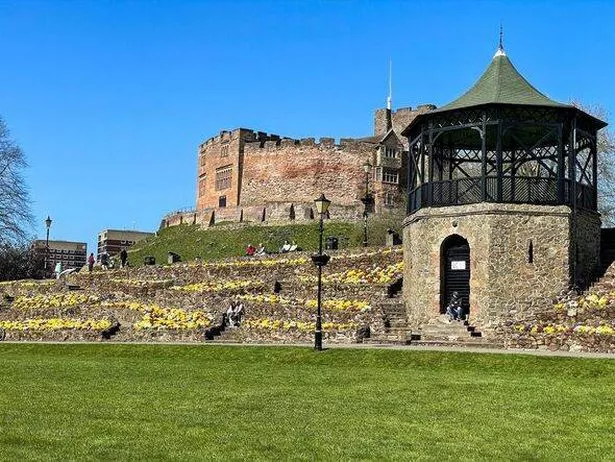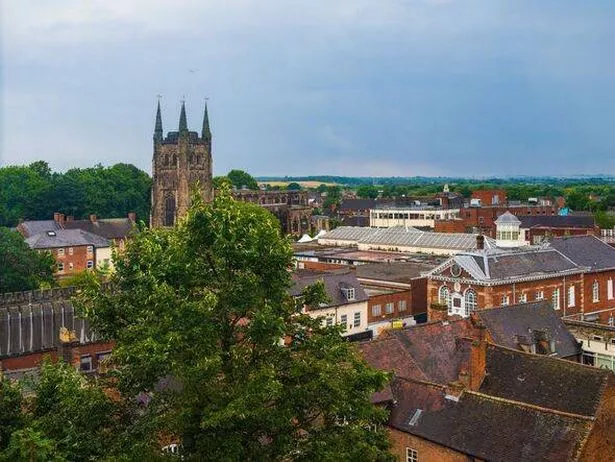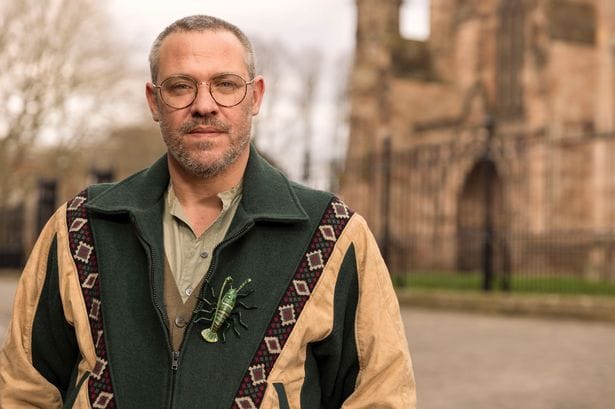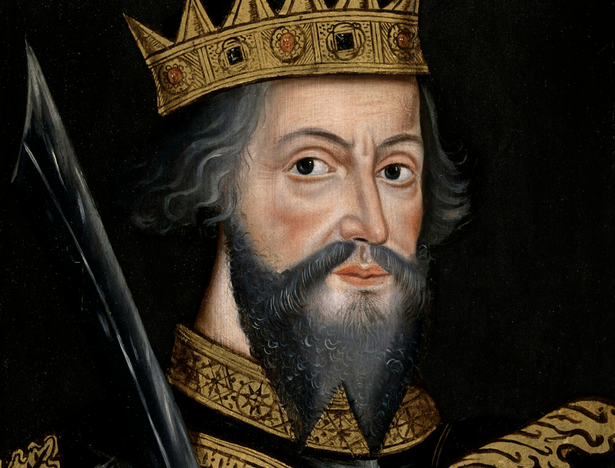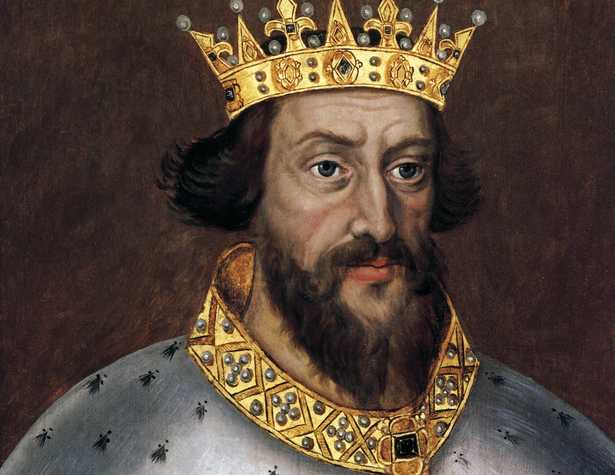Chester’s city walls are the oldest, longest, and most complete city walls in Britain – and they are completely free to walk around
There’s only one English city that can boast the most complete city walls in the country, where visitors can stroll their entire length – two miles of history and ancient charm just a stone’s throw away.
These are considered the oldest, longest, and most complete city walls in Britain. The initial parts of the walls were erected by the Romans, and later they were expanded and developed during the Saxon (10th century) and Norman (12th century) eras.
However, from the 18th century onwards, the walls were no longer required for defence and were transformed into a popular public walkway and tourist hotspot. You can traverse the full length of the Roman Wall, which is open all year round and free to access.
READ MORE: Europe’s ‘most macabre tourist attraction’ with 70,000 bones is just 3 hours from the UKREAD MORE: American goes to Oktoberfest and ‘everyone laughs’ at outfit mistake
The route includes four main gateways: Northgate, Eastgate, Watergate and Bridgegate and with a few well-deserved rest stops along the way, it can be completed in a couple of hours.
Best of all, it’s completely free to access the walls’ walkway at any time. However, there is a small fee if you wish to join an organised tour, which departs from the Town Hall Visitor Information Centre and lasts approximately 90 minutes.
Of course, we’re talking about Chester City Walls, which encircle a small rectangular area in the very heart of this stunning historic city. The Grade I listed walls are the best preserved city walls in Britain and encompass the site of the medieval city, reports the Express.
A footpath runs atop the walls, with only a small 100-metre section incomplete. As you stroll along, you’ll have the opportunity to take in Chester’s many attractions, including the castle, cathedral, and racecourse.
The city is dotted with historic sites and eateries where you can extend your day out. The trail follows the paved path on top of the walls. Historically, many significant towns and cities were fortified by walls, but today, only Chester boasts a complete circuit around the city. Throughout the Middle Ages, Chester was one of the most fortified and strategically crucial cities in the county.
Over time, these walls have been continuously modified, repaired and occasionally attacked. One reason they still stand today is that from the 18th century onwards, they were no longer required for defence and were transformed into a fashionable walkway and public amenity.
READ MORE: Charming European city similar to Prague but much cheaper
Some of the historic sites visible from the walls include the Cathedral, the King Charles Tower, the Roman Amphitheatre, the Eastgate Clock, the River Dee and the city’s unique Rows. The 12th-century Agricola Tower served as the first stone gateway to Chester Castle, which was established by William the Conqueror in 1070. The South-west part of the city also deserves a mention.
All restoration work on the walls requires approval from Historic England. In 2020, a portion of Chester’s City Walls crumbled near the renowned Eastgate Clock, with repair efforts currently ongoing. Several tragic incidents have occurred with people plummeting from the walls, so exercise caution!
Over 400 years ago, in 1615, William Webb described it as “a very delectable walk, feeding the eye, with the sweet gardens and fine buildings of the city.” Much more recently, one local resident described the route they like to take when walking the walls. Speaking on TripAdvisor they said: “I always start at the East Gate because it’s the first part of the wall I get to when I walk from the railway station.”
They added: “I then go around the walls clockwise. After about 150 metres, you can then come down off the walls and see the amphitheatre and Roman Gardens. Then further around is the river; but I don’t usually get past Bridgegate because I come off the wall there and go in to the Bear & Billet pub!”
